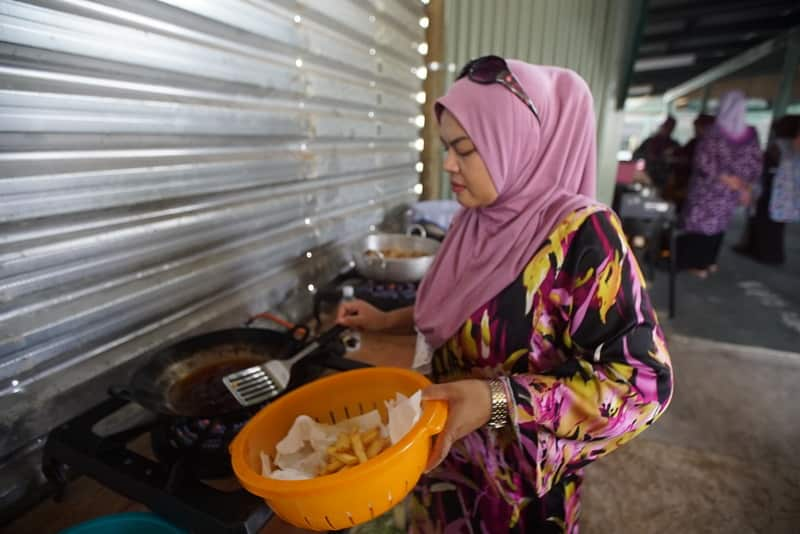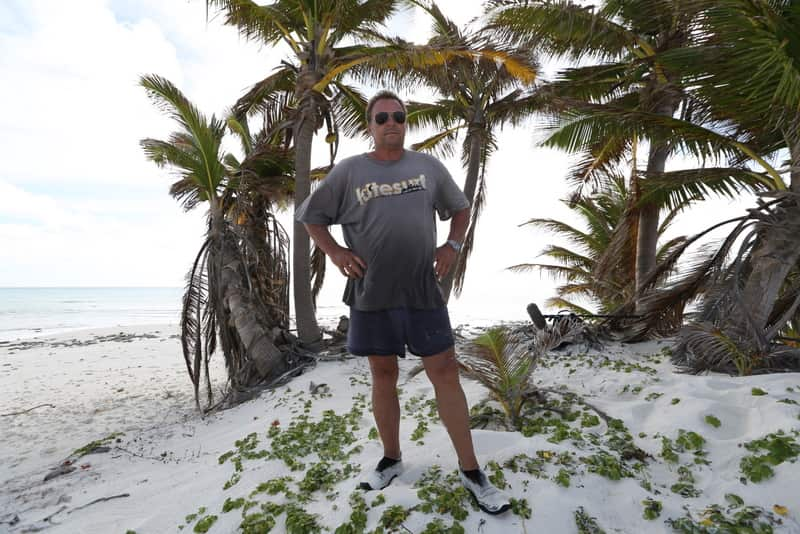You might think you’ve heard of the Cocos Islands. The name has a certain familiarity about it, but chances are upcoming SBS documentary Australia’s Forgotten Islands will be the first time you’ll learn about the Australian territory and its unique history.
The collection of 27 islands lies nearly 3000km north-west of Perth (from where there is one direct flight a week). A territory of Australia since 1955, the islands are home to about 500 people, who live on one of the two inhabited islands, West Island and Home Island. The majority of the permanent residents are descendants of the workers that Scottish merchant John Clunies-Ross brought to work on his coconut plantation in the early 19th century. The workers, mostly from Malaysia, but also from other parts of Asia, have lived on the islands for six generations, and are now settled on Home Island.
The majority of the permanent residents are descendants of the workers that Scottish merchant John Clunies-Ross brought to work on his coconut plantation in the early 19th century. The workers, mostly from Malaysia, but also from other parts of Asia, have lived on the islands for six generations, and are now settled on Home Island.

The Cocos Malays' cultural heritage is a mix of influences from Asia, Scotland and Australia. Source: SBS
Predominantly Sunni Muslims, the Cocos Malays voted, along with the rest of the population of West Island, for full integration with Australia in 1984. West Island is mostly made up of expat mainland Australians, including many temporary contract workers. And the two communities co-exist happily.
Being Australian citizens comes with all the advantages that status affords. It also means the Federal Government has absolute say over the islands, which doesn’t always sit well with the locals, who have built up their culture and traditions on the islands. Government decisions about military use of the islands as well as the hunting rights of the Cocos Islanders – specifically that the red-footed booby, which for generations has been a dietary staple, is now a protected species – have proved contentious. That’s why, two men, Balmut Pirus and John Clunies-Ross, travelled to Canberra to seek a declaration of Indigenous status for their people. Clunies-Ross is the direct descendant and namesake of the Cocos Islands’ original settler, while Pirus was, at the time of filming, Cocos Shire president and is descended from the original Malaysian workers brought to the islands by Clunies-Ross.
That’s why, two men, Balmut Pirus and John Clunies-Ross, travelled to Canberra to seek a declaration of Indigenous status for their people. Clunies-Ross is the direct descendant and namesake of the Cocos Islands’ original settler, while Pirus was, at the time of filming, Cocos Shire president and is descended from the original Malaysian workers brought to the islands by Clunies-Ross.

John Clunies-Ross. Source: SBS
To be clear, Pirus and Clunies-Ross are not attempting to group themselves with Aboriginals and Torres Strait Islanders, but to have their unique nature declared as a distinct type of Indigenous people. It’s just another example of the way the two communities, both with deep ties to the islands, have more in common than it would first appear.
Australia’s Forgotten Islands airs on SBS VICELAND Saturday 3 July at 7PM and stream now at SBS On Demand:


